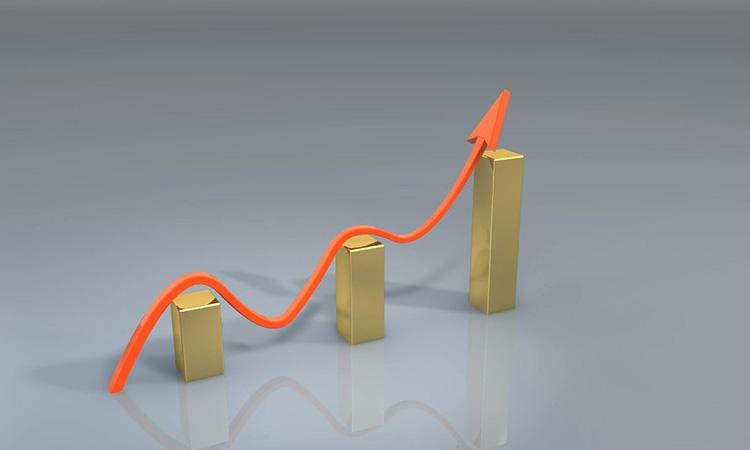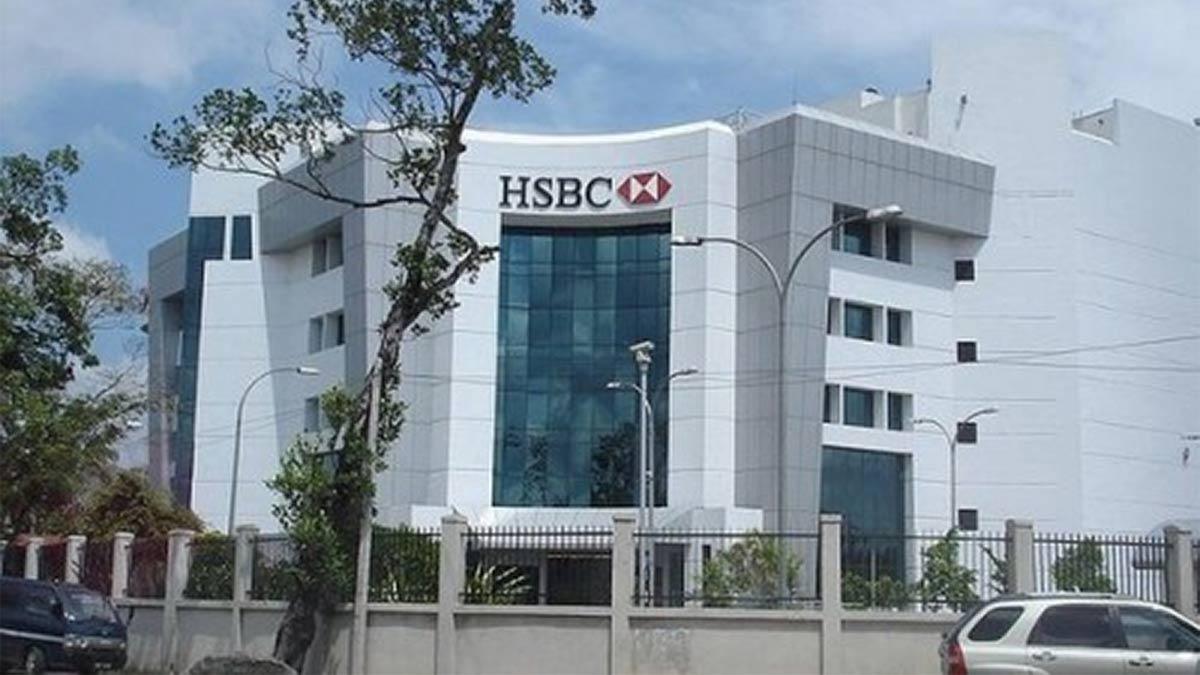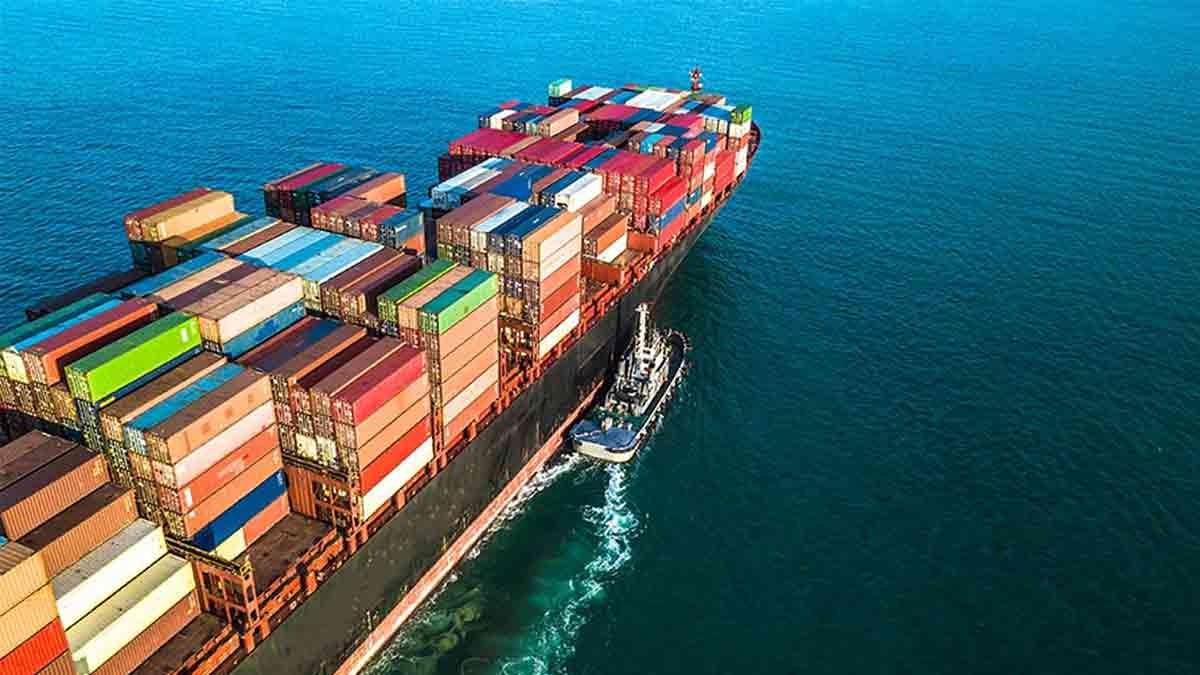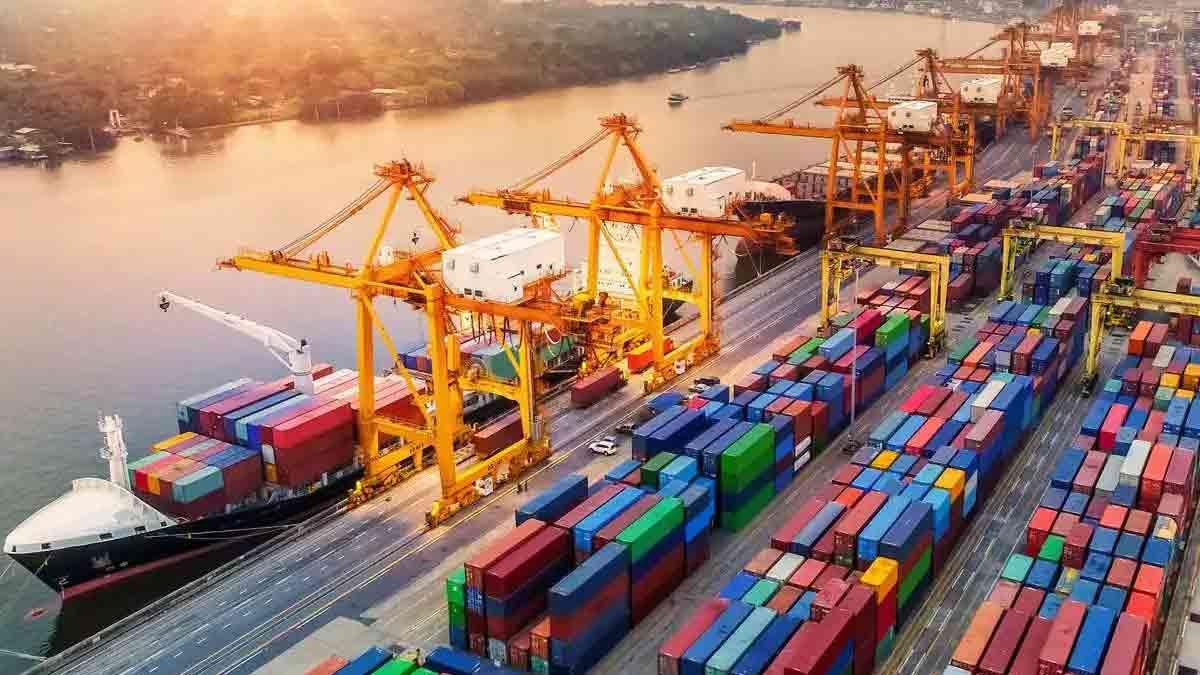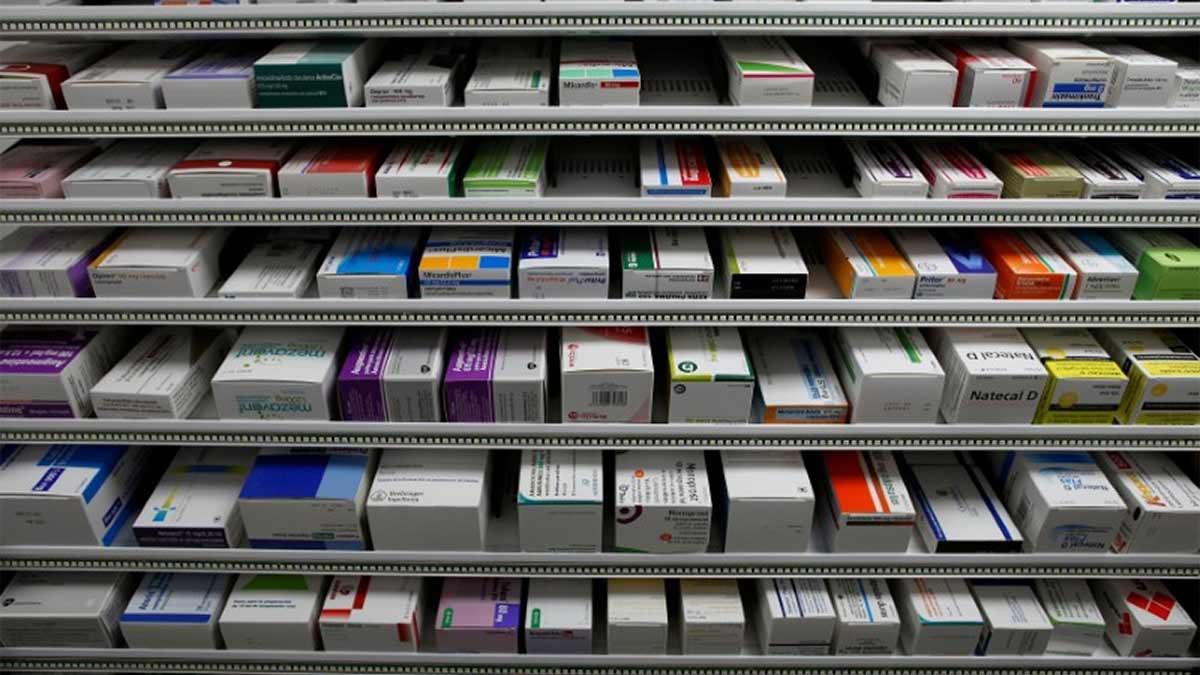India will overtake the UK to become the fifth largest economy in 2025 and race to the third spot by 2030, the Centre for Economics and Business Research (CEBR) said in an annual report published on Saturday.
"India has been knocked off course through the impact of the pandemic. As a result, after overtaking the UK in 2019, the UK overtakes India again in this year's forecasts and stays ahead till 2024 before India takes over again," report stated.
The UK-based think tank forecast that China will in 2028 overtake the US to become the world's biggest economy, five years earlier than previously estimated due to the contrasting recoveries of the two countries from the COVID-19 pandemic.
The CEBR forecast stated that the Indian economy will expand by 9 percent in 2021 and by 7 percent in 2022.
"Growth will naturally slow as India becomes more economically developed, with the annual GDP growth expected to sink to 5.8 percent in 2035."
"This growth trajectory will see India become the world's third largest economy by 2030, overtaking the UK in 2025, Germany in 2027 and Japan in 2030," it said.
Japan would remain the world's third-biggest economy, in dollar terms, until the early 2030s when it would be overtaken by India, pushing Germany down from fourth to fifth.
The rate of GDP growth sank to a more than ten-year low of 4.2 percent in 2019, down from 6.1 percent the previous year and around half the 8.3 percent growth rate recorded in 2016.
"Slowing growth has been a consequence of a confluence of factors including fragility in the banking system, adjustment to reforms and a deceleration of global trade," it said.
"GDP in Q2 (April-June) 2020 was 23.9 percent below its 2019 level, indicating that nearly a quarter of the country's economic activity was wiped out by the drying up of global demand and the collapse of domestic demand that accompanied the series of strict national lockdowns," it said.
As restrictions were gradually lifted, many parts of the economy were able to spring back into action, although output remains well below pre-pandemic levels.
An important driver of India's economic recovery so far has been the agricultural sector, which has been buoyed by a bountiful harvest.
"The pace of the economic recovery will be inextricably linked to the development of the COVID-19 pandemic, both domestically and internationally," it said.
As the manufacturer of the majority of the world's vaccines and with a 42-year-old vaccination programme that targets 55 million people each year, India is better placed than many other developing countries to roll out the vaccines successfully and efficiently next year.
However, with the majority of the Indian workforce employed in the agricultural sector, the reform process requires a delicate and gradual approach that balances the need for longer-term efficiency gains with the need to support incomes in the short-term.
The government's stimulus spending in response to the COVID-19 crisis has been significantly more restrained than most other large economies, although the debt to GDP ratio did rise to 89 percent in 2020.
"The infrastructure bottlenecks that exist in India mean that investment in this area has the potential to unlock significant productivity gains. Therefore, the outlook for the economy going forwards will be closely related to the government's approach to infrastructure spending," it added.

